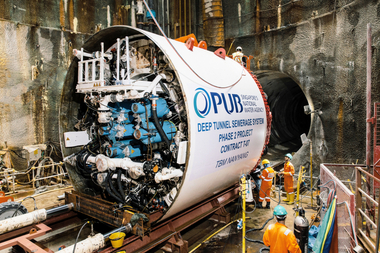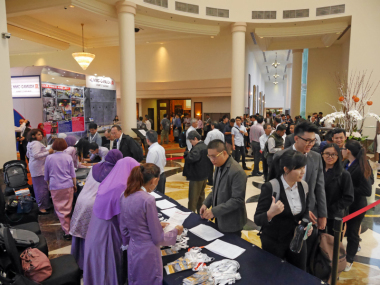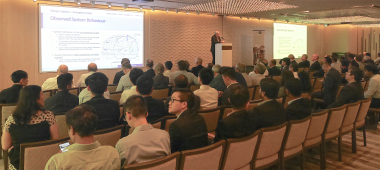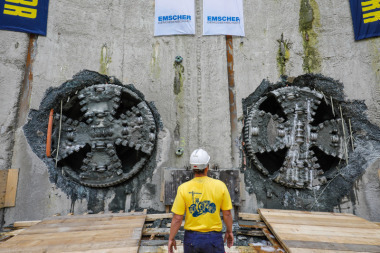Singapore: Tunnelling for Deep Tunnel Sewerage System Completed
A milestone for the major “Deep Tunnel Sewerage System” (DTSS) project in Singapore: the five contractors have completed tunnelling works for the second construction phase of the gigantic sewer pipe system. The final breakthrough took place in July 2023.
A total of 19 Herrenknecht Tunnel Boring Machines (TBMs) had excavated and lined some 49 km of tunnel since 2019. In addition, a Vertical Shaft Sinking Machine (VSM) was used.
Marking the completion of tunnelling works, Goh Si Hou, Chief Executive of Singapore’s National Water Agency PUB, said: “As one of the most water-stressed countries in the world, the ability to effectively collect and recycle our used water in a closed water loop has been a game-changer in our quest for water security. The Deep Tunnel Sewerage System is not only an engineering feat, but a key pillar in strengthening Singapore’s water resilience to meet the long-term challenges of climate change and growing water needs.”
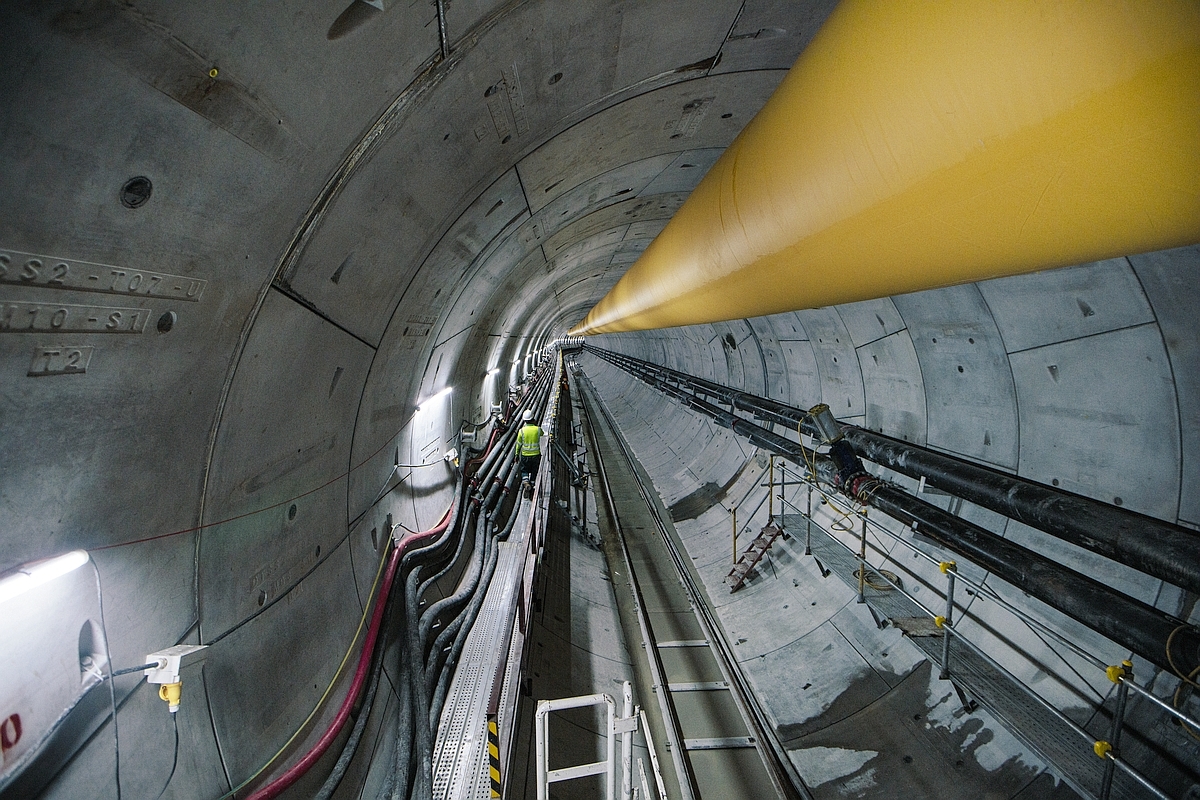 19 Tunnel Boring Machines have excavated a total of 49 km of new sewer lines for Phase 2 of the “Deep Tunnel Sewerage System” in Singapore
19 Tunnel Boring Machines have excavated a total of 49 km of new sewer lines for Phase 2 of the “Deep Tunnel Sewerage System” in Singapore
Credit/Quelle: Herrenknecht
49 Kilometers of Tunnel for DTSS 2
PUB is implementing the DTSS project in two phases: in Phase 1 (DTSS 1), between 1999 and 2008, 48 km of main tunnel and 60 km of link sewers were constructed in the eastern part of Singapore. Back then, five Herrenknecht EPB Shields excavated 28 km of tunnel. The second phase (DTSS 2) is now extending the system in the south and west of the main island by a further 100 km of sewers, of which just under 49 km were excavated by tunnelling machines from Herrenknecht. Construction for DTSS 2 officially began in April 2019. The five contractors involved completed tunnelling in the summer of 2023. DTSS 2 is expected to be operational two years from now.
TBMs Defy Complex Geology
18 Mixshields and one EPB Shield (Earth Pressure Balance Shield) with diameters between 4.50 and 7.56 m were used to bore the sewage collectors and line them with segments. Herrenknecht also supplied 12 separation plants for the Mixshield drives and provided comprehensive support services throughout the entire project. This included, for example, remote access to individual machines.
Among the challenges for machines and miners was the city state's complex geology. The “Jurong Formation”, for example, consists of sandstone, siltstone, mudstone, limestone, dolomite and some conglomerate, which are extremely folded due to tectonic plate movements. As a result, diverse rock types with different weathering grades often alternate along a tunnel alignment and even in the cross section of a tunnel. “In close cooperation with the customers, we therefore adapted the design of the TBM to the complex geological conditions,” explained Dirk Schrader, Herrenknecht's General Manager Asia Pacific.

